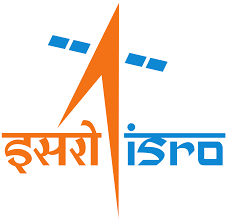During
the course, the participants will be exposed to Basic Principles of
Remote Sensing, Earth Observation Sensors and Platforms, Thermal Remote
Sensing, Spectral Signatures of Different Land cover Features and Visual
Image interpretation and Hyperspectral Remote Sensing technology. The
course also includes various digital Image processing techniques namely
Image Rectification and Registration, Image Enhancement techniques,
Image Classification Techniques and Accuracy Assessment. Theoretical
concepts is followed up with the practical demonstration using free and
open source softwares.
The
participants will be appraised of the technological principles of GNSS
with focus on GNSS receivers, GNSS data processing methods, errors and
accuracy, Satellites based Augmentation systems which includes GPS Aided
and GEO Augmented Navigation or GAGAN. The Indian Regional Navigation
Satellite System (IRNSS) or Navigation with Indian Constellation (NaVic)
will be discussed in detail. The GPS signal characteristics, Data
formats (broadcast, precise ephemeris) DGPS demonstration, Advance GNSS
processing and Mobile Mapping will also be discussed during the course.
The
course includes principles of GIS technology with an overview of GIS,
Geographic Phenomena, Data Inputting and Editing in GIS, GIS Data
Models, GIS System Architecture, Geographic Data Standards and Policies,
Topology and Spatial Relationship, Spatial Data Analysis, Spatial Data
Quality, Spatial Data Errors, Map Projection and Advanced Geospatial Modeling. The free and open source software will be used as a platform
for demonstrations and development.
Books:

DOWNLOAD APP
FOLLOW US